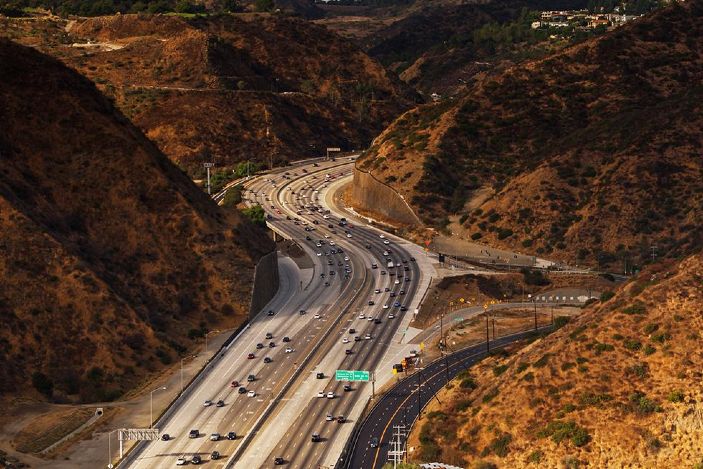The Los Angeles County Metropolitan Transportation Authority (LA Metro) has selected Iteris to support two high-occupancy toll (HOT) lane conversions in Los Angeles County’s San Gabriel Valley and Sepulveda Pass. The projects will help to reduce congestion, improve mobility, and provide more routing flexibility and traffic efficiency. This will impact around 600,000 daily highway users across more than 25 freeway miles in Los Angeles County.
Under the terms of the two sub-contract agreements with WSP and Parsons Corporation, which total US$1.5 million, Iteris will provide services in the areas of traffic forecasting, microsimulation and development of concept of operations to support HOT lane conversions along the I-405 Freeway through the Sepulveda Pass and the I-10 Freeway in the San Gabriel Valley respectively. The freeway system improvement strategy will help to reduce congestion, improve mobility, and provide more routing flexibility and traffic efficiency for around 600,000 daily highway users across more than 25 freeway miles in Los Angeles County.
The concept of HOT lanes is a managed lane system that helps to improve the operations of a corridor by combining high-occupancy vehicle (HOV) lanes, commonly known as carpool lanes, with dynamic pricing strategies. In contrast to HOV lanes, HOT lanes allow single-occupant vehicles to use the HOT lanes to save travel time if they choose to pay the applicable toll.
“We are proud to be part of the multi-disciplinary development teams that will plan and design the conversion of HOV lanes to HOT lanes – an increasingly popular freeway system improvement strategy – in two of the most congested corridors in Los Angeles County,” says Viggen Davidian, vice president, consulting solutions at Iteris. “With the advent of new vehicle management technologies over the past decade, we can now more effectively manage congested corridors, while decreasing travel times and overall traffic congestion, improving air quality, reducing the existing transportation system’s impact on the environment, and providing Los Angeles County road users with more flexible routing choices.”





